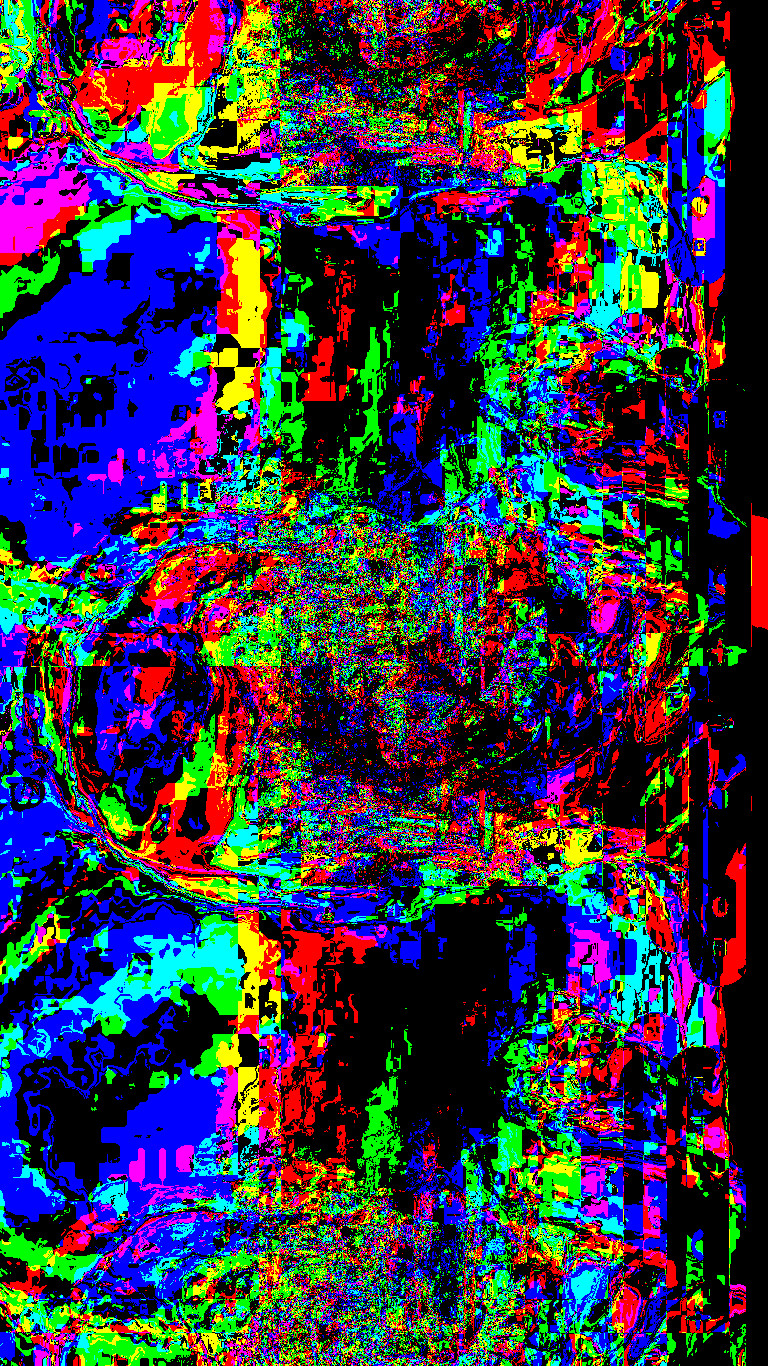revew: Martin Parr – Strange and Familiar
Strange and Familiar:
Britain as Revealed by International Photographers/
curated by Martin Parr/
w/ Barbican Centre (London)/
Manchester Art Gallery/
25/11/16 – 29/05/17//
It would need a bit of arrogance at least to assume that the eyes of the world are on our tiny island any more now than they have been in the rest of history. The biggest act of arrogance, though, would be to presume the things they see. There are lies; which we tell ourselves, which we simply believe, which sit dormant and affective before irrupting as a kick in the cheek.
Martin Parr’s exhibition assembles the work of foreign photographers who have captured Britain. Strange and Familiar makes apparent that the past is not the dead relative we take it for, buried and antiquated, but a ghost, lying under the land. The same violences live today as lived in the 60s, the 80s, only now displaced elsewhere, like pools of rainwater shifting on a tarpaulin. Raymond Depardon’s Glasgow 1980 photos show a series of largely vacant spaces, meant for human habitation. People linger round street corners and fires burn in the street with skies in the background filled with frozen cranes, children play alone or surrounded by empty air.
The world now is perhaps more densely populated but the cities we live in stay the same shape. Buildings and streets in these photographs will largely still be there. I wonder about the people still alive, too. The projections into the future of these records. What new things might be remarkable about them now. It is the past which becomes the future. Perhaps the places and people we live are simply the past realised.
The result of knowing the foreignness of the photographers behind these images forces me to wonder what they thought they were capturing. Everything is alien, no matter how mundane, to a visitor. A wheelbarrow sale, a game of football. The way we do things is not ‘normal’ – we are far too small and few in the world to be able to say that. Akihiko Okamura photographs Belfast at the end of the 60s with the same eyes that documented the Vietnam war. Our conflicts are global conflicts, our politics part of all the politics in the world – we are unfamiliar curiosities to far more than we are home. Our greatest feat is to shove our discontent and violence elsewhere – not under the rug, but through the front window of the neighbours’.
Everywhere there are traces of Britain as an industrial country. So much of our cultural scars are about what we used to be capable of, old normals torn away. Our industry has been cast out – what even are we now.
I’ve found myself sitting here a lot lately. I’ve been thinking about the city I’ve lived in now for two years (Manchester) and the city I grew up in (Derby) and what imprints the two places have left on me, continue to leave on me, and how much of the two I have absorbed and act out in my daily life. The exhibition (like any photography exhibition) feels like a display of a crystallised past – particularly because of the distance of the subjects – spread across decades I have not lived in and cities and places I have not visited.
The live, printed, physical photograph itself feels old to me – I see so many images a day which will never exist physically. The framed, presented gallery picture is a relic regardless of whether it’s of nightclub goers in 90s Liverpool or 1960s Belfast. It’s an old habit. Don’t ask me what the alternative is because there are enough people who were alive before the internet existed still around that we’ll hang on for decades. And it’s probably untrue to suggest that physical art places will be killed by the internet. I am alienated from the past and its forms and I see them repeated around me. Is it any wonder that it is the exhibition of photographs taken by aliens that speaks to me most about the country I am from.
When London burned down in 1666, they rebuilt the city into the same twisted medieval street plan. Today, the slow burn in every empty space turns that city to glass, growing denser year on year, an obscene fractal. When I am in my nation’s capital, every street looks the same to me, every underpass, every Underground station, every set of tiled stairs and strange twisted subterranean tunnel. I see the same sensation and design bleeding out into the rest of the country. What is being displaced when all this space is filled.
Tina Barney’s series ‘The Europeans’ documents Europe’s old world elite. They do not die out, whether old inheritors or young men in obscenely daft and equally expensive suits. They all rest in standing pools of stagnant, ostentatious wealth that acts through time – its style was set long ago. It is older than us and green fields, older than places which turn to ash. Photography is not invasive. It appears and makes its record and leaves the raw material as it found it. It is time which has distorted the ingredients here. These foreign photographers found their way to our shores and left it as they found it, with a little evidence added to their luggage. It is our teeth that have chewed our cheeks, our feet that have ground our streets, the elite who have sat and presided in their nationless, ghostly purview. I am not party; most of us aren’t. Britain is a subject. The rest of the world, in states of varying interest, see.
